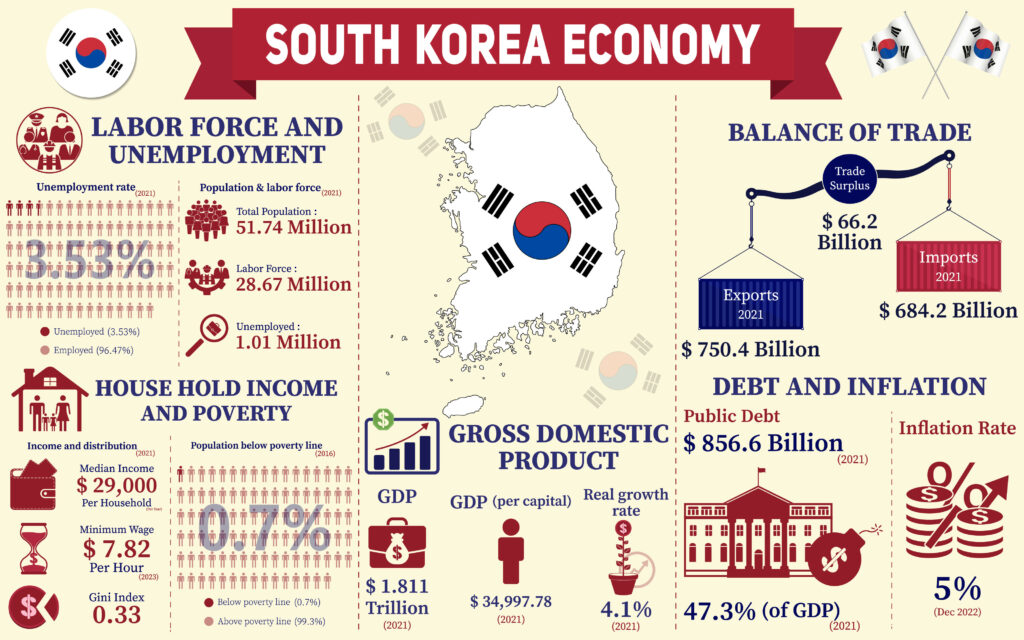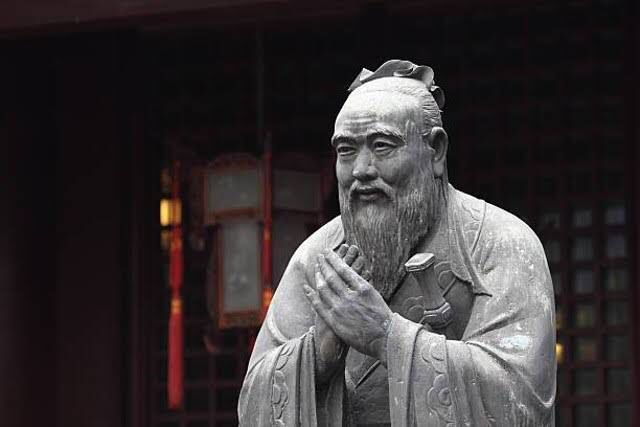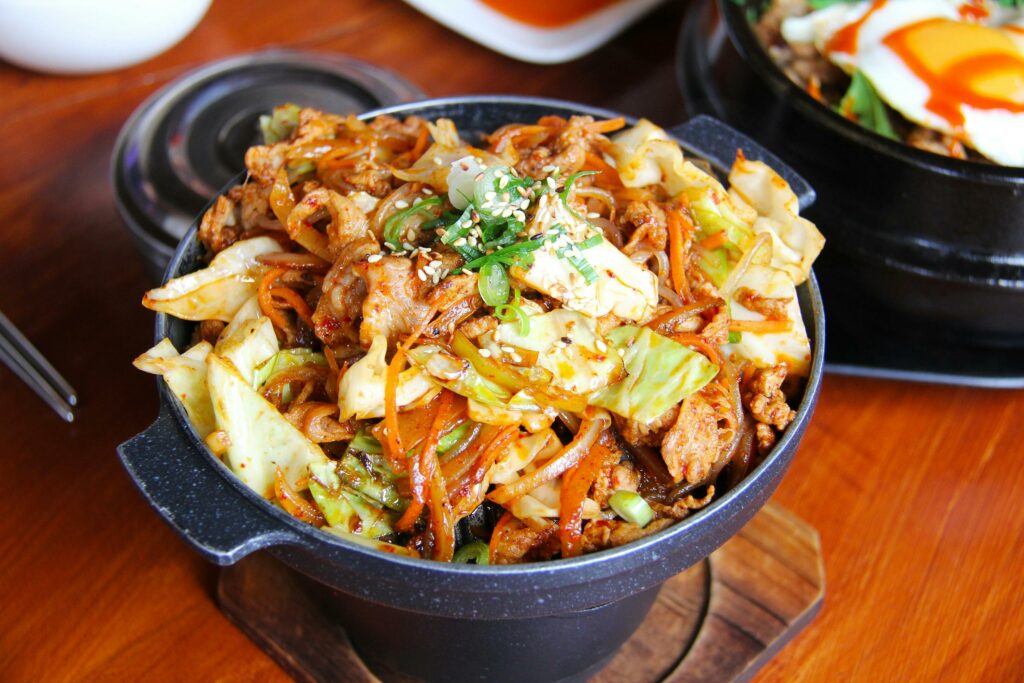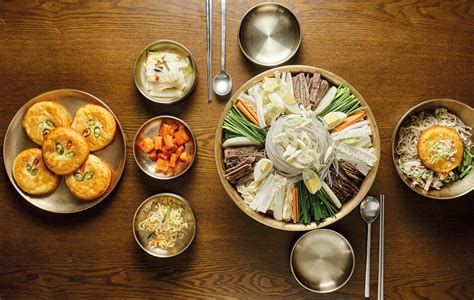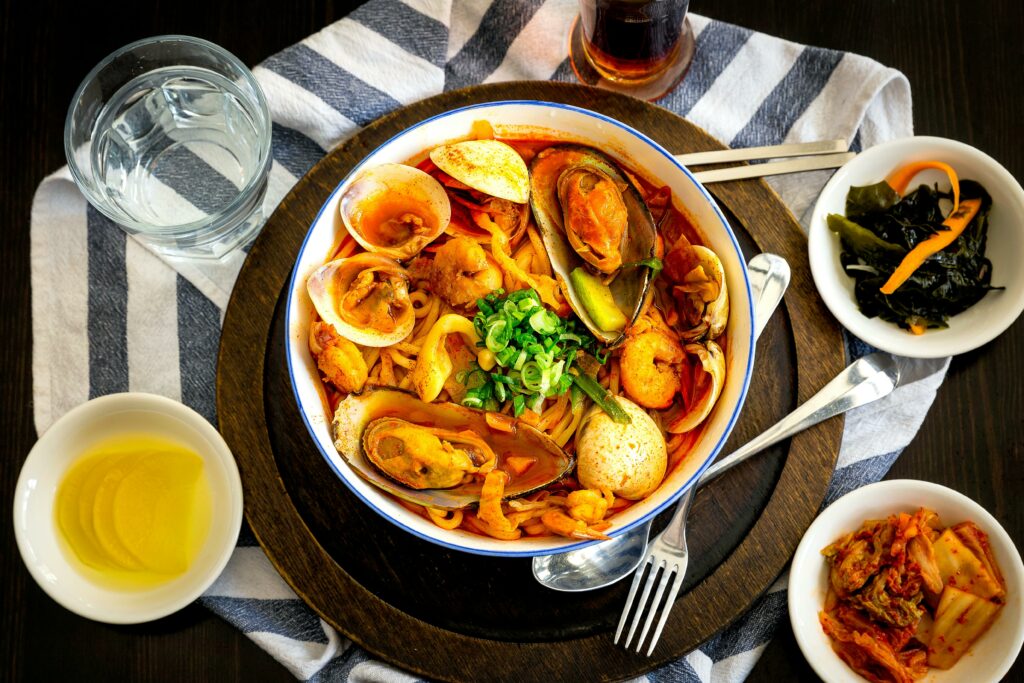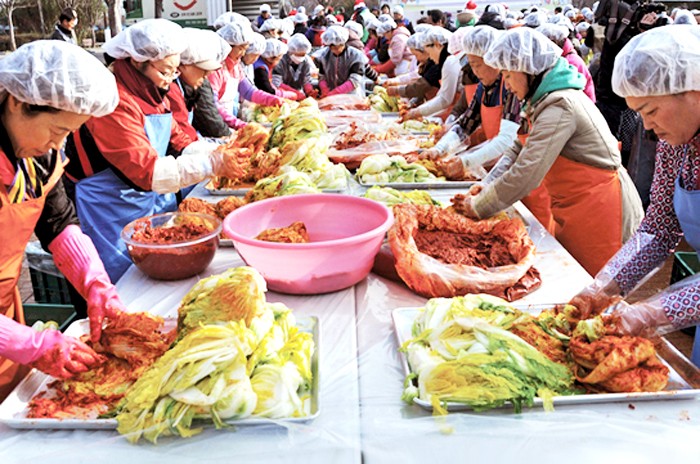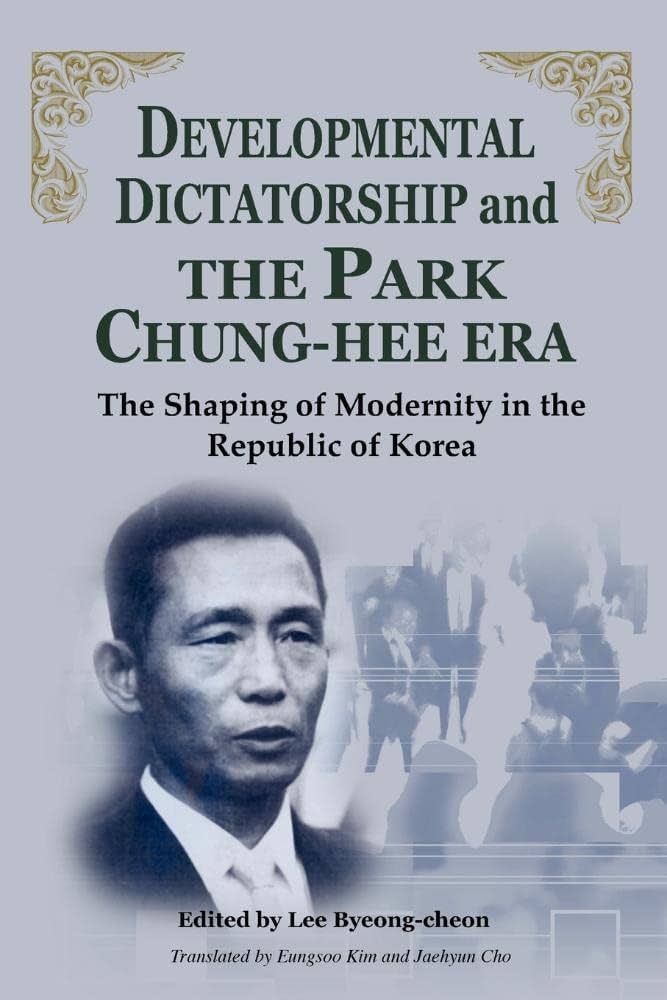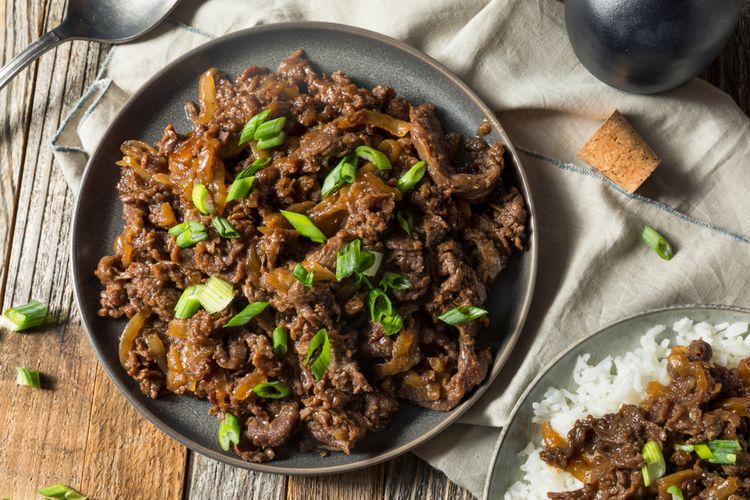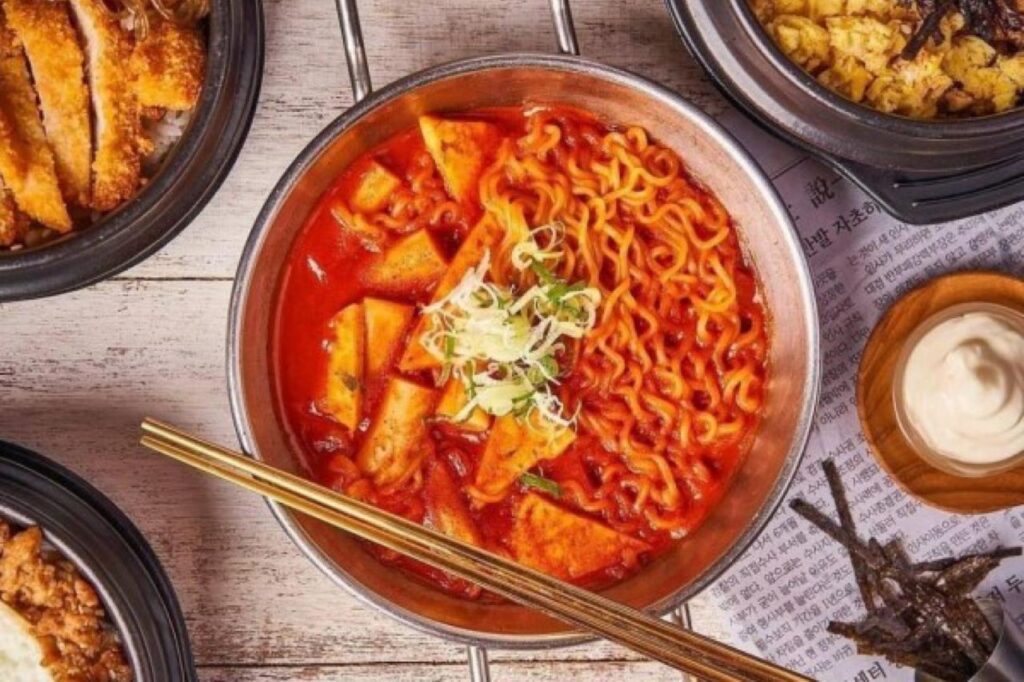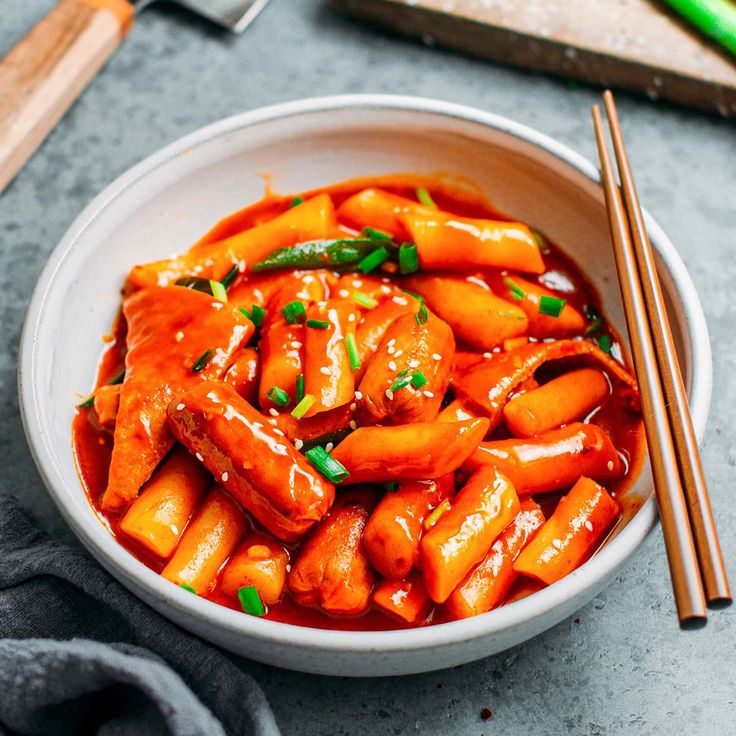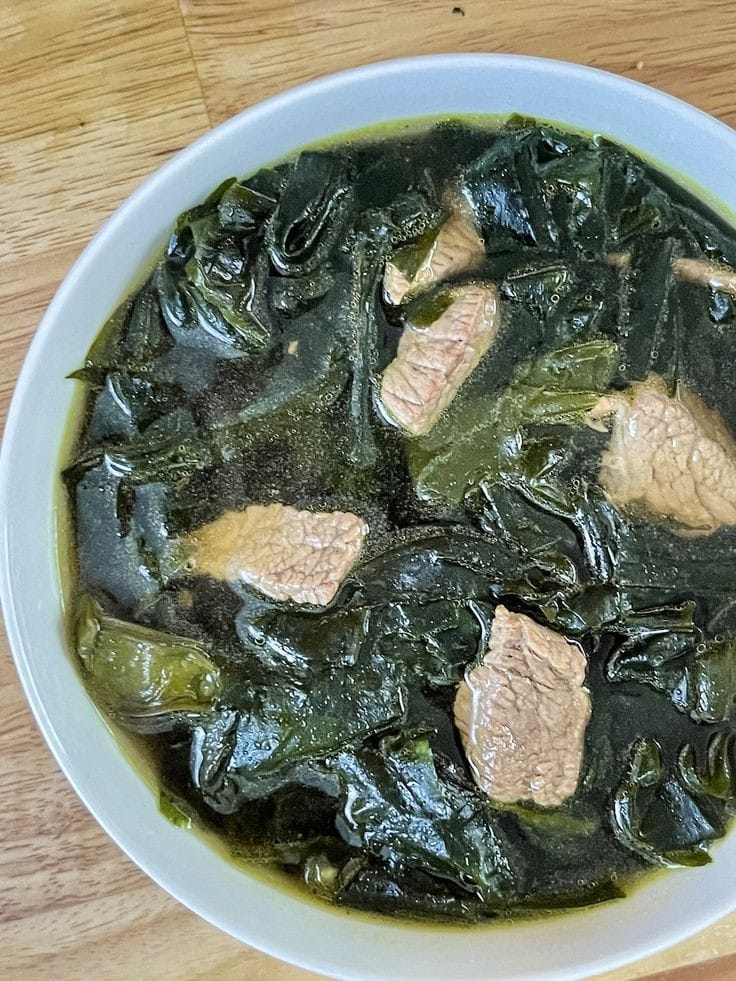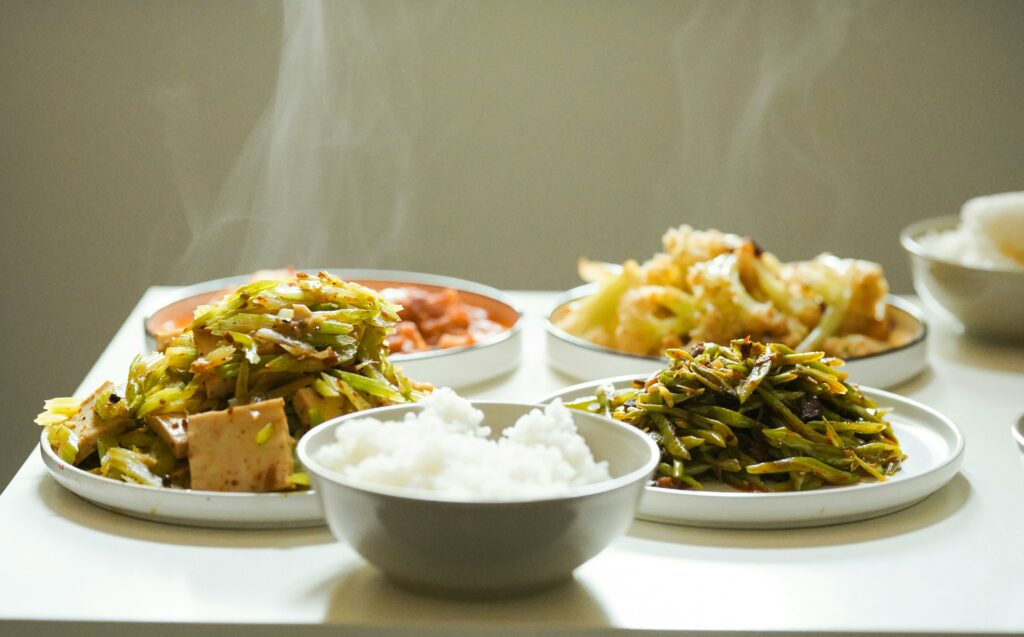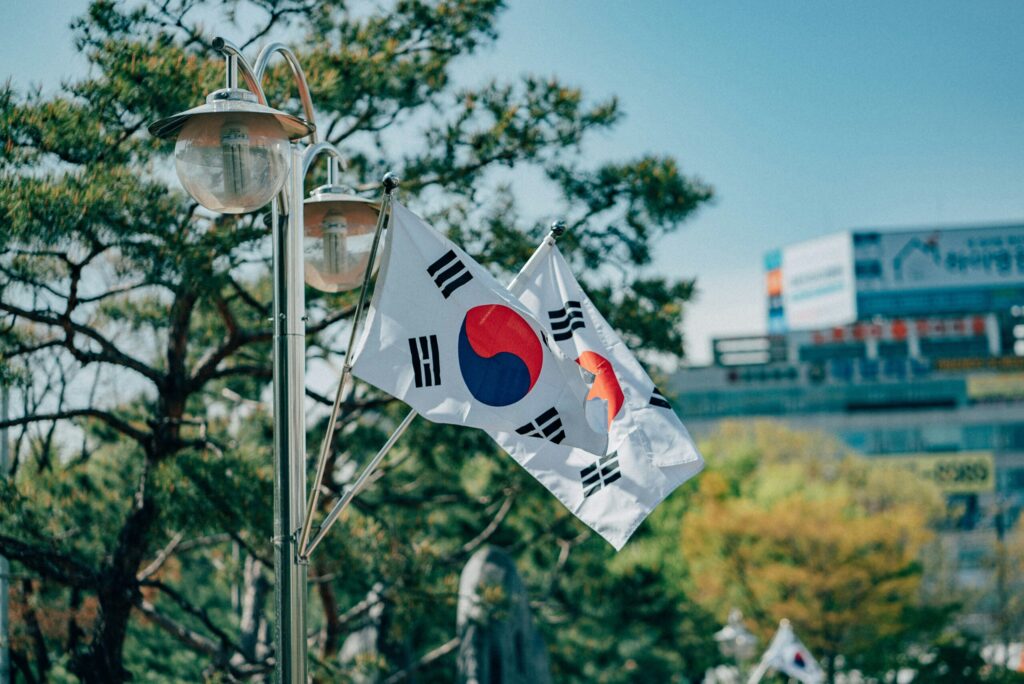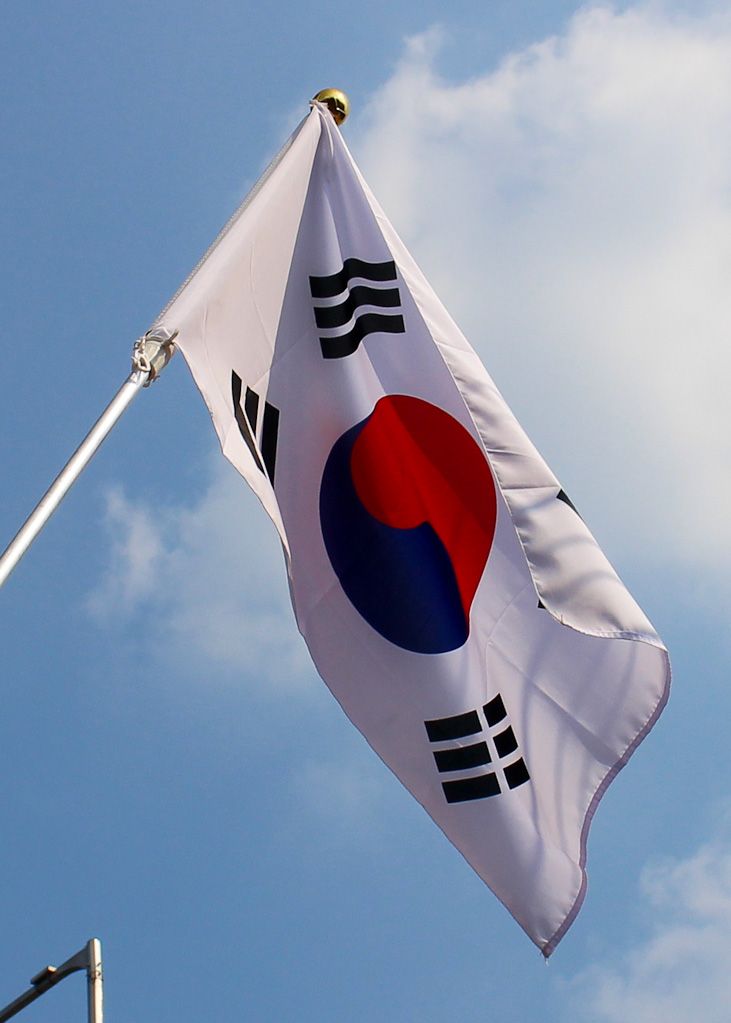HISTORY OF KOREAN FOOD CULTURE

Korean food culture is a dynamic and harmonious aspect of Korean society rooted in tradition and history that is steeped in the ancestry of the Korean nation. Korean food culture is a reflection of the country’s rich cultural heritage, shaped by its geographical location, climate, and the lifestyle of its people. Korean cuisine is known for its bold flavors, vibrant colors, and diverse textures, which are carefully balanced to create a harmonious culinary experience. This time I will discuss one of the Korean foods that may be loved by many people around the world and is also quite famous in the world community because it is made from rice, which is one of the staple foods around the world. Kimbab, a South Korean seaweed rice roll dish, has become a culinary icon that is loved by many people around the world. Its savory, practical, and colorful taste makes it popular as a snack, lunch, and main course.
The historical roots of kimbab cannot be separated from the long-standing tradition of wrapping rice in seaweed in Korea. Archaeological evidence shows that this tradition dates back to the Three Kingdoms of Korea (57 BC – 668 AD). Seaweed, which is readily available in coastal Korea, makes an ideal natural wrapper for rice, keeping it fresh and adding a savory flavor.
Behind the delicacy lies a long and fascinating history, taking kimbab from a simple dish to a global phenomenon.The historical roots of kimbab cannot be separated from the long-standing tradition of wrapping rice in seaweed in Korea. Archaeological evidence shows that this tradition dates back to the Three Kingdoms of Korea (57 BC – 668 AD). Seaweed, which is readily available in coastal Korea, makes an ideal natural wrapper for rice, keeping it fresh and adding a savory flavor. During the Joseon Dynasty (1392-1897), a dish called “bokssam” grew in popularity. Bokssam consists of rice wrapped in dried seaweed and filled with various side dishes, such as salted fish, kimchi and vegetables. This dish is usually enjoyed as a snack or traveling lunch.
The Japanese occupation of Korea (1910-1945) influenced Korean culinary culture, including seaweed rice rolls. Koreans were inspired by “norimaki”, a Japanese sushi roll dish, and started using vinegared rice and various modern fillings such as omelet, spinach and carrots. This marked the birth of kimbab as we know it today. After South Korea’s independence, kimbab grew in popularity as a convenient and affordable meal. Its ease of preparation and infinite variety of fillings made it a favorite among all. Kimbab began to be sold at roadside shops, restaurants, and supermarkets, becoming a favorite dish for breakfast, lunch, and snacks. The popularity of kimbab went beyond the borders of South Korea and became a global phenomenon. The spread of Korean culture, known as the “Korean Wave” or “Hallyu”, helped boost the popularity of kimbab in various countries. Kimbab is easily found in Korean restaurants around the world, and has even begun to be adapted to local tastes with unique fillings and variations.
Kimbab is not only a delicious dish, but also has a deep cultural significance to the Korean people. Kimbab is often served on special occasions such as picnics, festivals, and family celebrations.The process of making kimbab together (kimbab party) is a moment of togetherness and warmth that strengthens relationships between family and friends. Kimbab has come a long way from a simple traditional dish to a worldwide South Korean culinary icon. The combination of savory, practical, and colorful flavors is the main attraction of kimbab. Behind its deliciousness, there are cultural values and traditions passed down through generations, making kimbab more than just a dish, but also a symbol of identity and togetherness for all Koreans.
Korean food culture is a rich and dynamic aspect of Korean society, shaped by its history, geography, and people. From traditional dishes like kimchi and bibimbap to modern fusion cuisine, Korean food is a reflection of the country’s cultural heritage. An emphasis on balance, harmony, and community is at the core of Korean cuisine, making it a unique and enjoyable culinary experience.


 Indonesia
Indonesia 